First things first, we should probably address the elephant in the room. It’s been quite some time since we last checked in here, so apologies for the lateness of this snippet! Still, better late than never. We've been undergoing a little bit of a reshuffle here at the ONWP, and one of these changes is the arrival of a new Communications Officer. The Comms Officer is responsible for keeping things up to date around here, and the process of getting his feet under the table has meant that he is only now getting around to updating this blog. Going forward, he will diligently maintain a regular flow of snippets.
Second things second, it's time to stop talking in the third person. So, hello! It is I, the new Communications Officer! My name is Adam, and, while it feels slightly strange to introduce myself like this, there isn’t anyone else to do it for me. I’ve come to Orkney and the ONWP from Brighton, where I was working as a freelance journalist. I’ve always had a love of islands, both for their wildlife and strength of community. I’m really enjoying life in Orkney, where both are so evident.
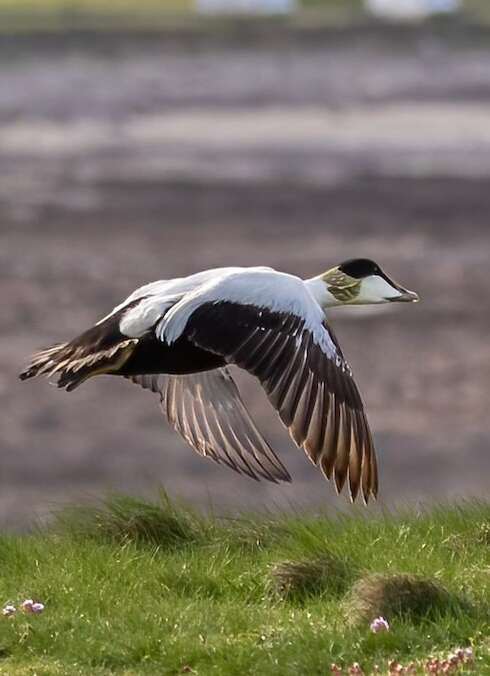 I am certainly not the only project-wide news that you need catching up on, however. In April, we had visitors from LIFE Raft, a project in Rathlin island, Northern Ireland. Rathlin is home to important populations of eider ducks, puffins, and corncrakes, as well as migratory Manx shearwater. Unfortunately, Rathlin, like Orkney, has a home invader. Ferrets and rats were brought to Rathlin by humans, and like stoats here in Orkney, pose a serious threat to native species on the island.
I am certainly not the only project-wide news that you need catching up on, however. In April, we had visitors from LIFE Raft, a project in Rathlin island, Northern Ireland. Rathlin is home to important populations of eider ducks, puffins, and corncrakes, as well as migratory Manx shearwater. Unfortunately, Rathlin, like Orkney, has a home invader. Ferrets and rats were brought to Rathlin by humans, and like stoats here in Orkney, pose a serious threat to native species on the island.
LIFE Raft has been set up with the aim of restoring Rathlin to the safe haven that it once was. Mike and Dave spent several days in Orkney with us, sharing about their project, and learning about ours.
It was fascinating to hear about their plans, and a real reminder that invasive species eradication is a global necessity. We look forward to working closely with LIFE Raft as both of our projects progress and evolve.




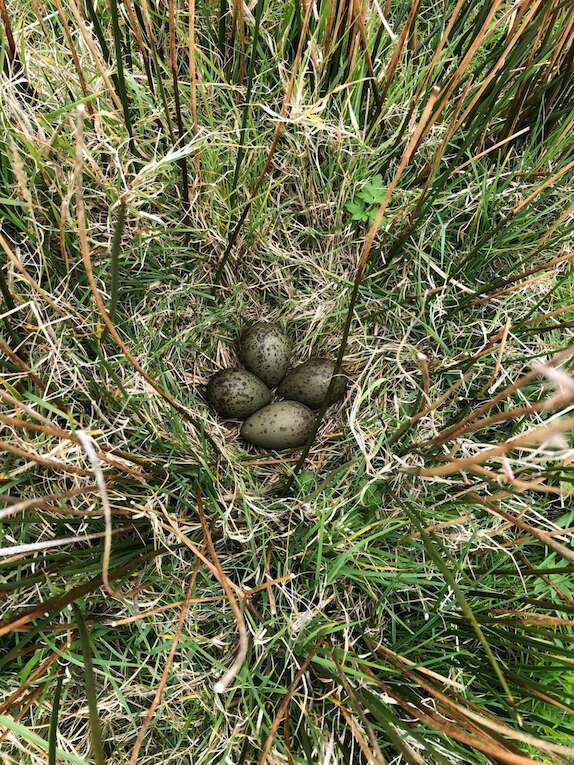 This job is simply too big for one person, so our Monitoring Officer is being helped by a small team of volunteers. This includes two Residential Volunteers - both in Orkney for the first time - Mike and Sandy, our veteran bird spotting volunteers, and Leah, who is doing a PhD on predator-prey relations. This little crew is responsible for monitoring at sites across not just the Orkney Mainland, but the North Isles as well.
This job is simply too big for one person, so our Monitoring Officer is being helped by a small team of volunteers. This includes two Residential Volunteers - both in Orkney for the first time - Mike and Sandy, our veteran bird spotting volunteers, and Leah, who is doing a PhD on predator-prey relations. This little crew is responsible for monitoring at sites across not just the Orkney Mainland, but the North Isles as well.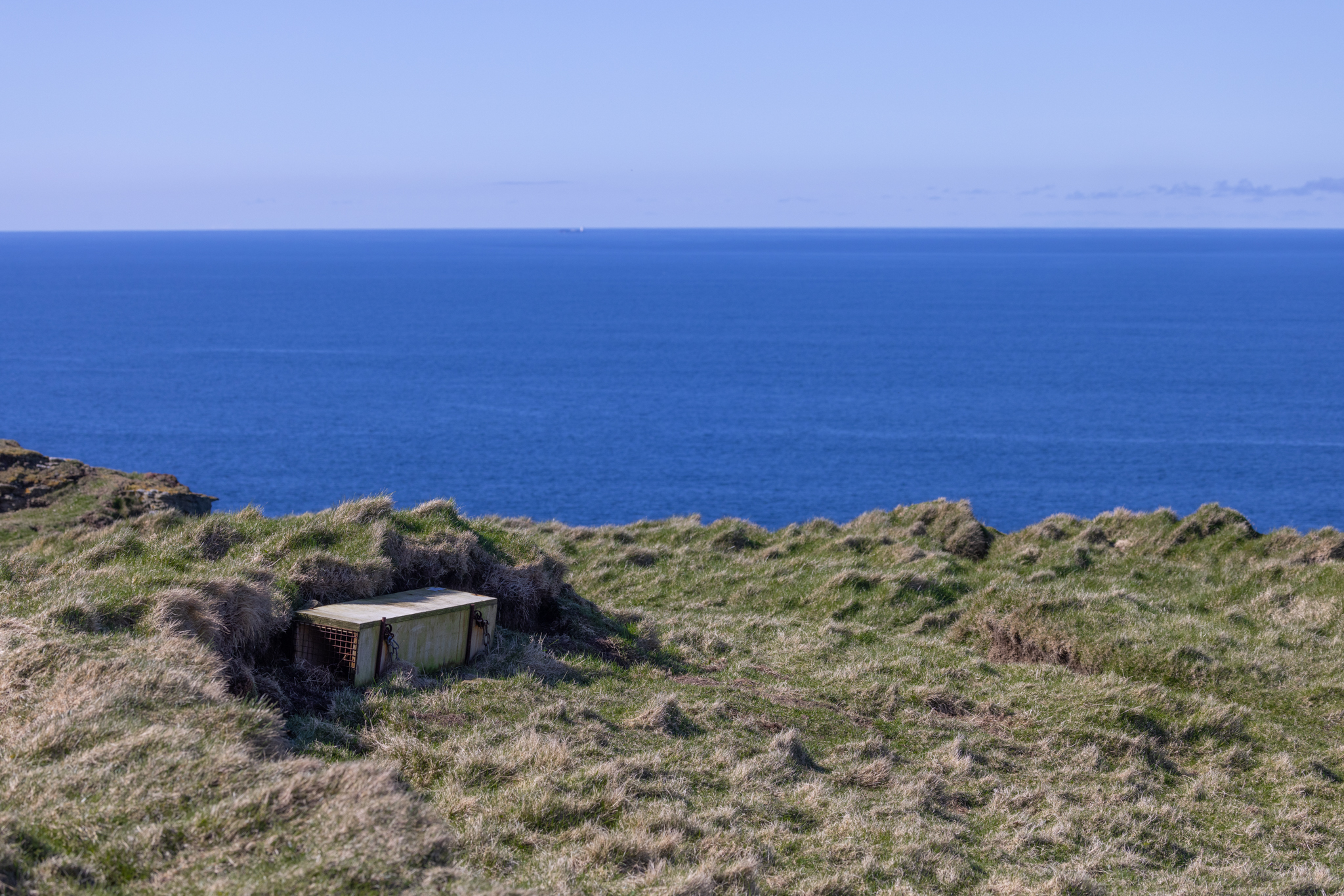
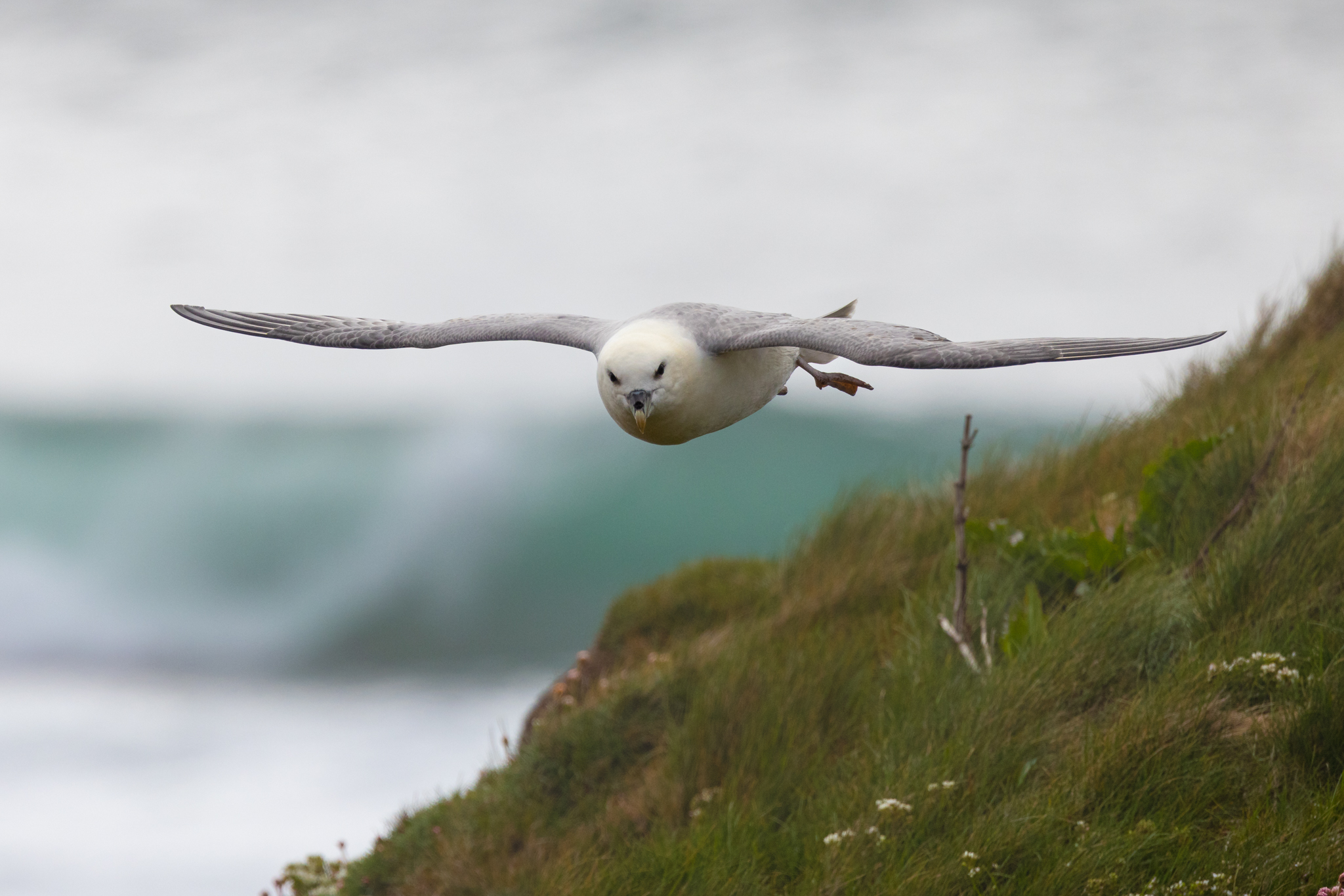
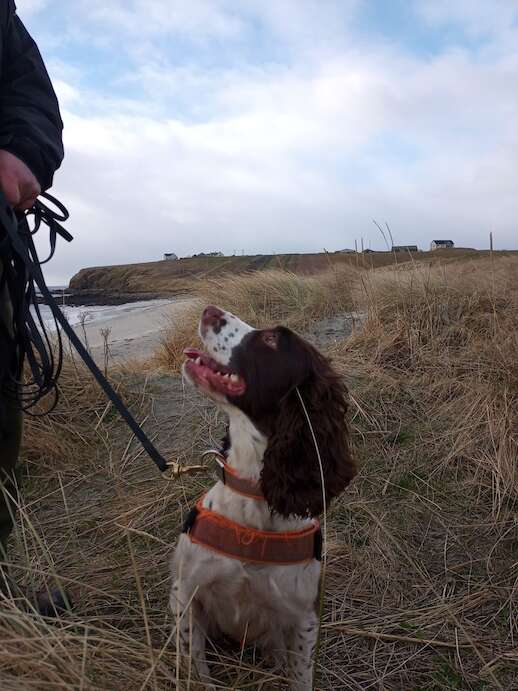 We’ll end with some comings and goings from the biosecurity team. Since the start of the year, 18-month-old Sky (a springer spaniel) has had her nose to the ground across the Orkney Mainland. Although she only joined the team in September, Sky has already shown a real knack for detecting stoat ‘scat’, otherwise known as poo.
We’ll end with some comings and goings from the biosecurity team. Since the start of the year, 18-month-old Sky (a springer spaniel) has had her nose to the ground across the Orkney Mainland. Although she only joined the team in September, Sky has already shown a real knack for detecting stoat ‘scat’, otherwise known as poo.